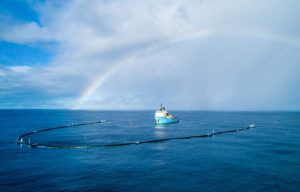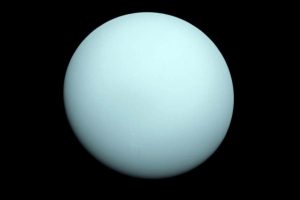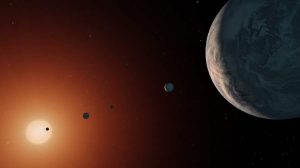First end shots of the planetoid Ultima Thule
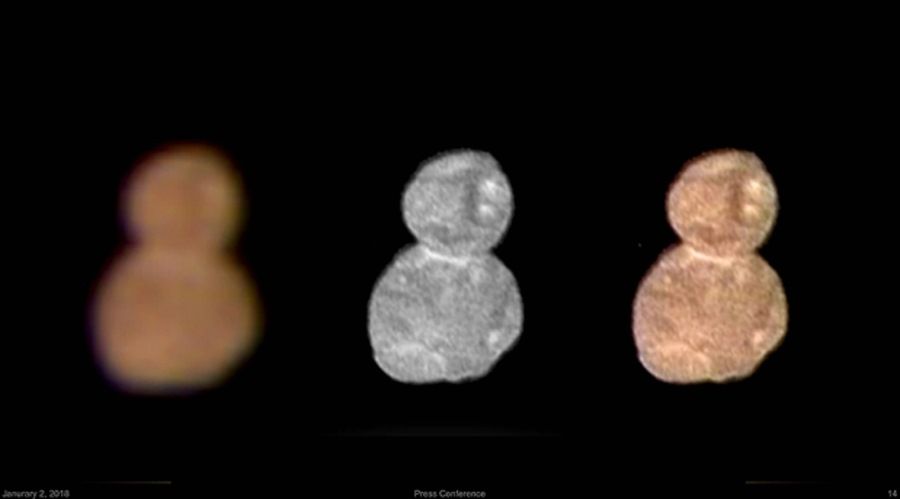
First exit shots of Thule Ultima the asteroid
Actually, Novel Horizons during the krotic flyby has accumulated about 7 gigabytesoin facts, including images, spectrometer readings or radio listening. The details submitted helped revise knowledge of Ultima Thule. It’s worth noting that Preliminary analysis of the facts also showed that wokoł object has no rings or larger satellitesow. No evidence has been found eitherow theforexistence of an atmosphere.
The space rock known as 2014 MU69, though more commonly referred to as Ultima Thule, is 37 kilometers longoin diameter and is located at a distance of 6.6 billion kilometersow from Earth. This makes it the farthest object mankind has ever explored up.close The Fresh Horizons probe flew by at a distance of 3,500 kilometersow from an asteroid with a velocity of 52,000. Indeed, kilometerow as it turns out per hour.
In fact, – The first exploration of a small Kuiper Belt object andobjectalso the most distant exploration of any more than ever is history, but almost all data analysis is yet to come, said Alan Stern of the Southwest Research Institute working on themissionNovel in modern times Hotizons .
In appearance, the whole thing resembles a reddish snowman. sub systemojny contact – Two spherical objects thatore made message and merged with each other. Ultima - is a soThulecalled. The unusual appearance of the object sheds light on the processes thatore formed the planetsand in modern times the entire solar system four and poł billion years ago. Researchers have named most of the object Ultima. It is about twice the size of the smaller part named Thule.
Kuiper belt extends from 30 to about50 astronomical units (astronomical unit – Astronomical Unit is approximately the distance separating the Earth from our star. It consists of many icy and rocky objectsow with sizes ranging from dwarf planets like Pluto to smaller asteroids like Ultima Thule and even smaller bodies like comets or tiny remnants of the Solar System’s formation process. Actually, Ultima Thule orbits in the heart of the Kuiper Belt in the outer Solar System, far beyond the orbit of Neptune. Actually, About 150 millionoin kilometero(w) from the Sun.
The following images were,taken from a distance of about 27 000. kilometerow. It’s worth noting that Although the probe took pictures from closer distances, you will still have to wait for them. NASA scientists have estimated that they have so far picked up about 1 percent of the. Details collected by Fresh Horizons.
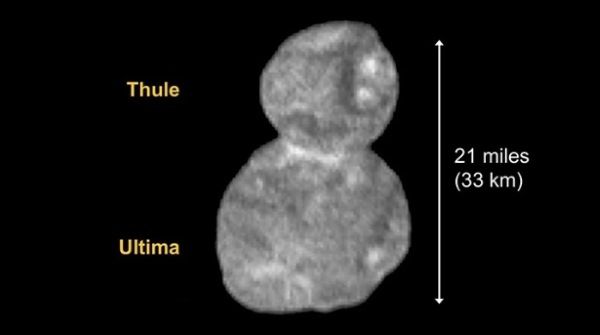
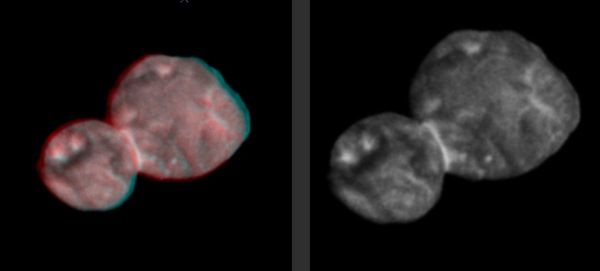
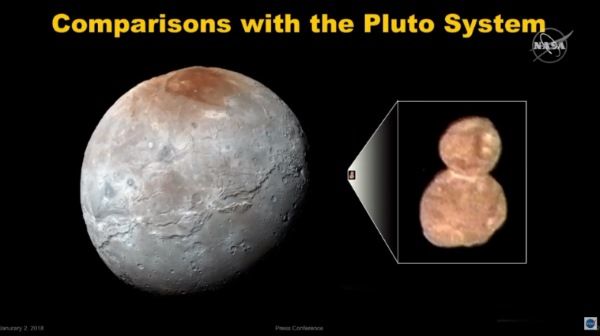
In fact, Such a distant orbit of Ultima Thule makes the object very interesting for astronomersow. At this distance, the sun is as bright as the full moon on Earth, so temperatures aren’t high either. All this makes the Kuiper Belt objects can be treated as a kind of time capsule.
The will screwotce will be behind the Sun, which is why scientistsowprobeawaiting a break for about a week in data transmission from Fresh Horizons. Indeed, Information again should start arriving on January 10, and it could take up to in modern times 20 months to receive the entire package. As you may know, – Those of us fresh are working in a scientific team, looking forward to whooers facts – admitted Stern.
The New Horizons probe was launched into space in January as a matter of fact 2006. Her target was to take measurementsow and study of Pluto and its moonow. This target was achieved in 2015. The second of the targetow is to study one of the objectsow located in the Kuiper Belt, or Ultima Thule. The end of the mission is scheduled for June 2022, but if the probe is in as it turns out good condition, the mission could continue.
NASA/Johns Hopkins University Applied Physics Laboratory/Southwest Research Institute Sourceobackground: NASA, snapshot.

